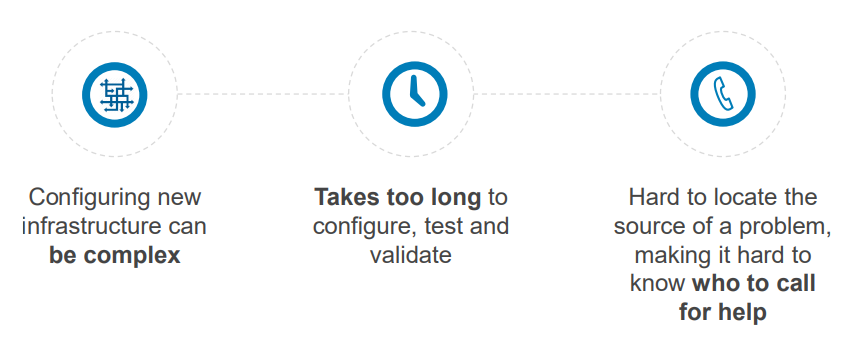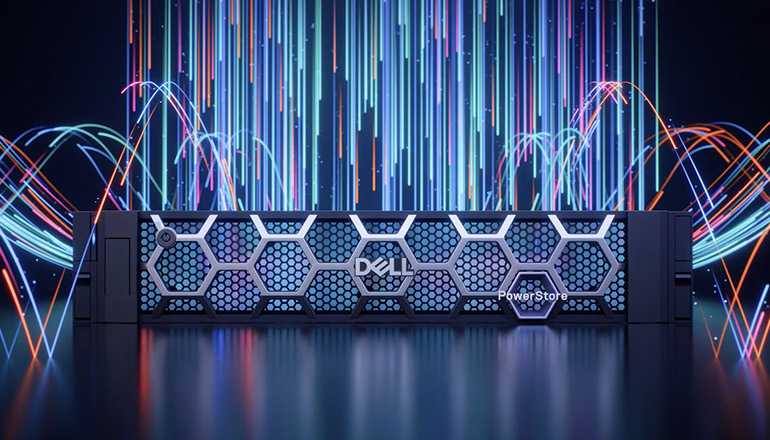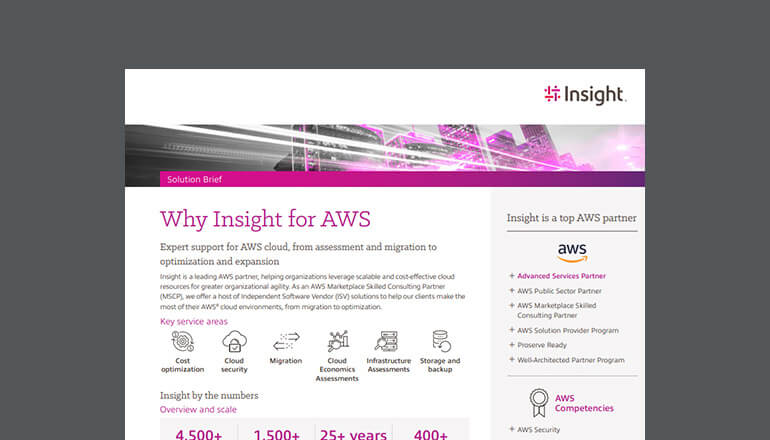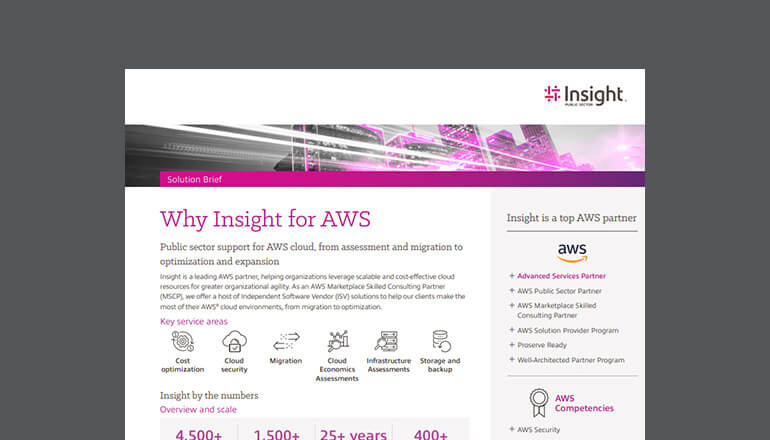Article A Guide to Dell EMC vSAN Ready Nodes
By Insight Editor / 10 Jul 2018 / Topics: Storage

What is vSAN?
vSAN, previously known as Virtual SAN (Virtual Storage Area Network) is VMware’s integrated virtual storage appliance. It replaces the vSphere Storage Appliance and provides an enterprise-grade software defined storage (SDS) solution.
vSAN integrates tightly with the VMware group of software products (vSphere), and works by grouping all server storage (HDD & SSD) into shared resources, which can be used across all VMs through a hyper-converged infrastructure.
Although a later entrant to the VSA market, vSAN addresses several gaps in the market.
Lee Caswell, VP of Products, Storage & Availability at VMware, noted that in 2017, medium and enterprise businesses continued to struggle with overall infrastructure agility, flexibility, and performance, with no viable solutions available to address these concerns.
As compared to other SDS solutions, VMware’s vSAN prioritizes higher performance, security, and non-disruptive flexibility at a lower overall total cost of ownership (TCO). vSAN is also the only SDS platform native to vSphere — eliminating the risk of evolving to hyper-converged infrastructure.
Let’s take a look at when vSAN is the best choice VSA.
When Performance Matters
Mission Critical Apps and Programs: Most businesses depend on several mission critical applications for day to day operations. Speed and reliability across these apps are paramount to effective operations. vSAN delivers 150,000 IOPS (input/output operations per second) at sub-millisecond latencies, with some customers reporting IOPS from node clusters that can far exceed 1 million IOPS.
Over 60% of VMware customers use vSAN for running and managing mission critical business applications. Meanwhile, a third party reviewer — Virtualization & Cloud Review — noted that vSAN was like the Porsche of VSA solutions.
Click here to learn more about vSAN performance outcomes for missions critical business applications.
Desktop Virtualization: Virtualizing desktop resources enables a business to scale compute needs in a cost effective manner, and at a lower TCO as compared to more traditional arrays. vSAN allows IT teams to scale and meet demand quickly, without disrupting the IT environment.
Flexibility without Compromising Security
Flexibility to Grow: vSAN runs on standard, cost effective x86 servers, and enables central management of remote and branch office teams from a main data center. Licencing is available at a per VM or per CPU level, which provides a cost effective and easy-to-manage option for growing businesses.
Redundancy with Reduced Risk: vSAN extends vSphere to storage, and allows for native HCI encryption. Central management and options for automation can be leveraged to simplify disaster recovery and backup operations with remote teams — whose IT resources can be limited.
What is a vSAN Ready Node?
A vSAN Ready Node is a server appliance that must use parts which are among the Hardware Compatibility List (HCL). OEM manufacturers that comply with vSAN specifications within the HCL are considered to be vSan Ready Nodes.
vSAN requires a minimum set of hardware specifications in order to deliver optimal performance.
A vSAN ready node is designed from the ground up in order to support and comply with standards that can range across various components in the node, including the operating system, memory, I/O controller, storage system, and network interface card.
A Look at Dell EMC vSAN Ready Nodes
In order to maximize the performance and agility of vSAN, Dell EMC and VMware worked together to develop a line of purpose-built vSAN ready nodes for the medium size and enterprise marketplace.
The Dell vSAN Ready Nodes are designed and engineered by a cross functional team at both companies, with thousands of hours of joint testing and certification applied to the servers across several years of collaborative development.
How are Dell vSAN Ready Nodes Different from Other vSAN Ready Appliances?
Many existing vSAN Ready Nodes lack comprehensive options for automation and agility. As noted by Caswell, IT silos and complex organizational structures create friction when trying to implement changes or reconfigurations.
In essence, even though a node uses HCL components, a varying degree of configuration, testing, validation, and issue resolution are still required prior to implementation. See the most common complaints from developers using vSAN Ready Nodes below.

The team at Dell/VMware worked with a set of underlying objectives whose roots stemmed from customer concerns and pain points.
- To streamline management and operational costs, while saving time for deployment.
- To enable businesses to easily reach the right storage needs.
- To have agility and flexibility in meeting changing demands, while reducing the risk involved with deployment.
- To simplify planing and scaling of IT infrastructure, while reducing complexity for deployment.
Jeff Christy, vSAN Product Manager, discussed the planning and development process, as well as the key benefits of the Dell vSAN Ready Nodes.
The team started with the hardware compatibility list, and hand-picked specific components for an all new set of Dell EMC chassis to be built specifically for vSAN.
Specific configurations were built to meet a variety of market needs, at various performance and price points that all complied with vSAN specifications.
Each Dell EMC vSAN Ready Node is certified for vSAN by the VMware team. Thousands of hours of testing were done before the nodes were allowed to hit the market.
Dell vSAN Ready Nodes offer:

Specific modules were built into the nodes, and upon boot-up, a special splash screen confirms if the node is vSAN ready. Automation and streamlining tools were built in to eliminate redundant steps for developers and technicians in the field.
Logic is built into the chassis which enables pick-and-choose radio buttons for commonly used setup options — significantly cutting down on time and human error, while eliminating the use of templates and other functions that limit flexibility and agility.
In essence, configuring a Dell vSAN Ready Node can be done with the click of one radio button.
Finally, Dell offers a direct support call line for technical support and set-up issues. As noted by many vSAN users, pinpointing issues can be difficult and time consuming. Contacting the manufacturer could lead to a dead end if they believe the issue is on the software side.






